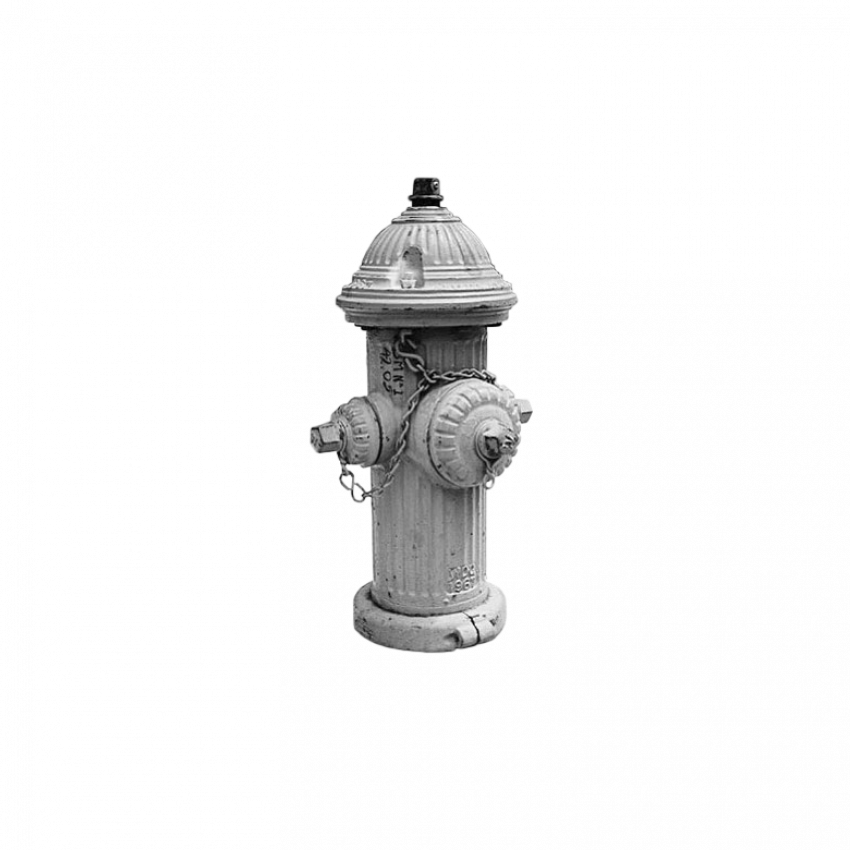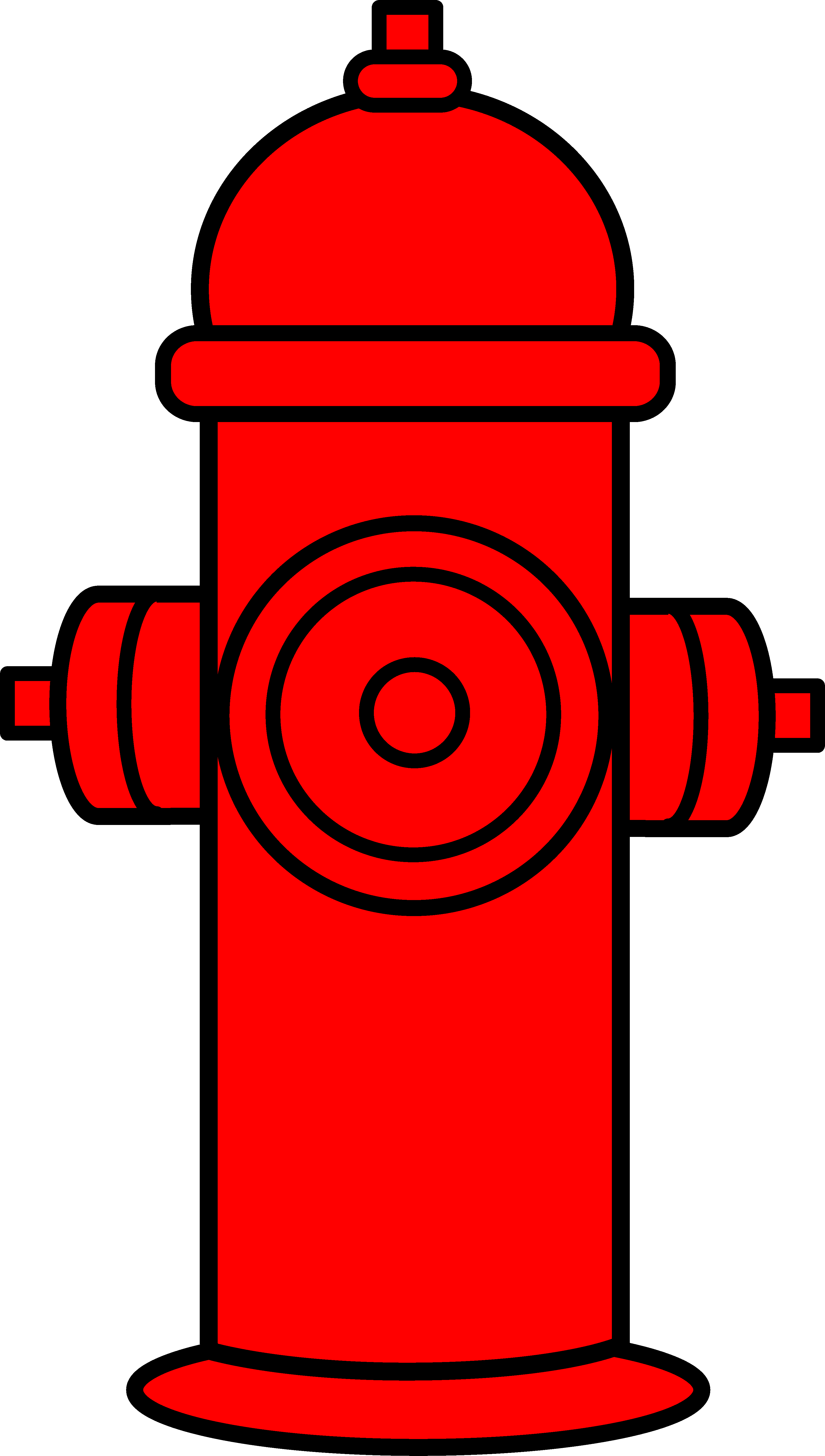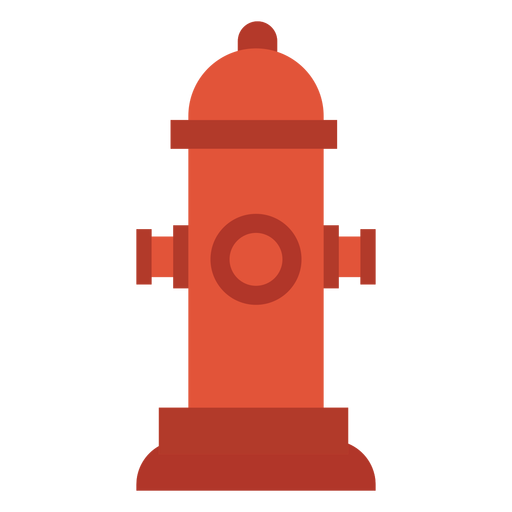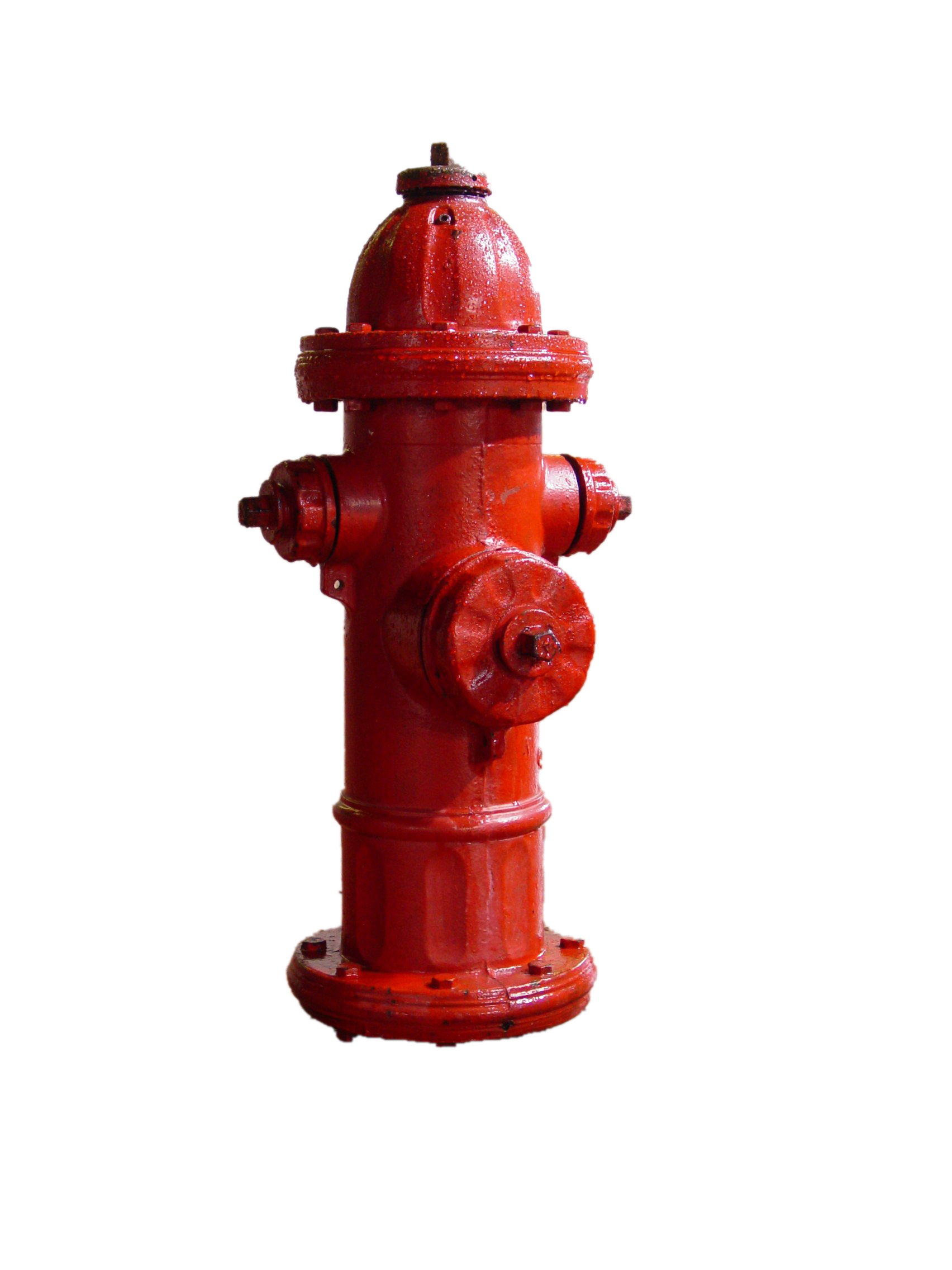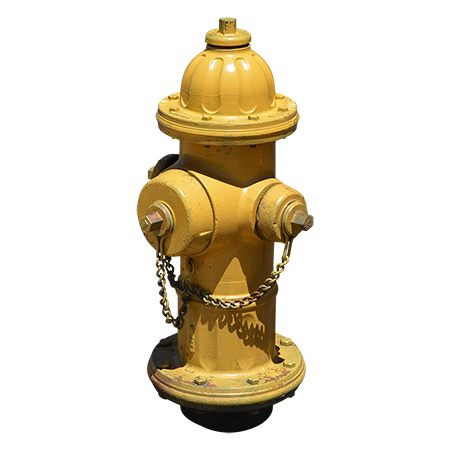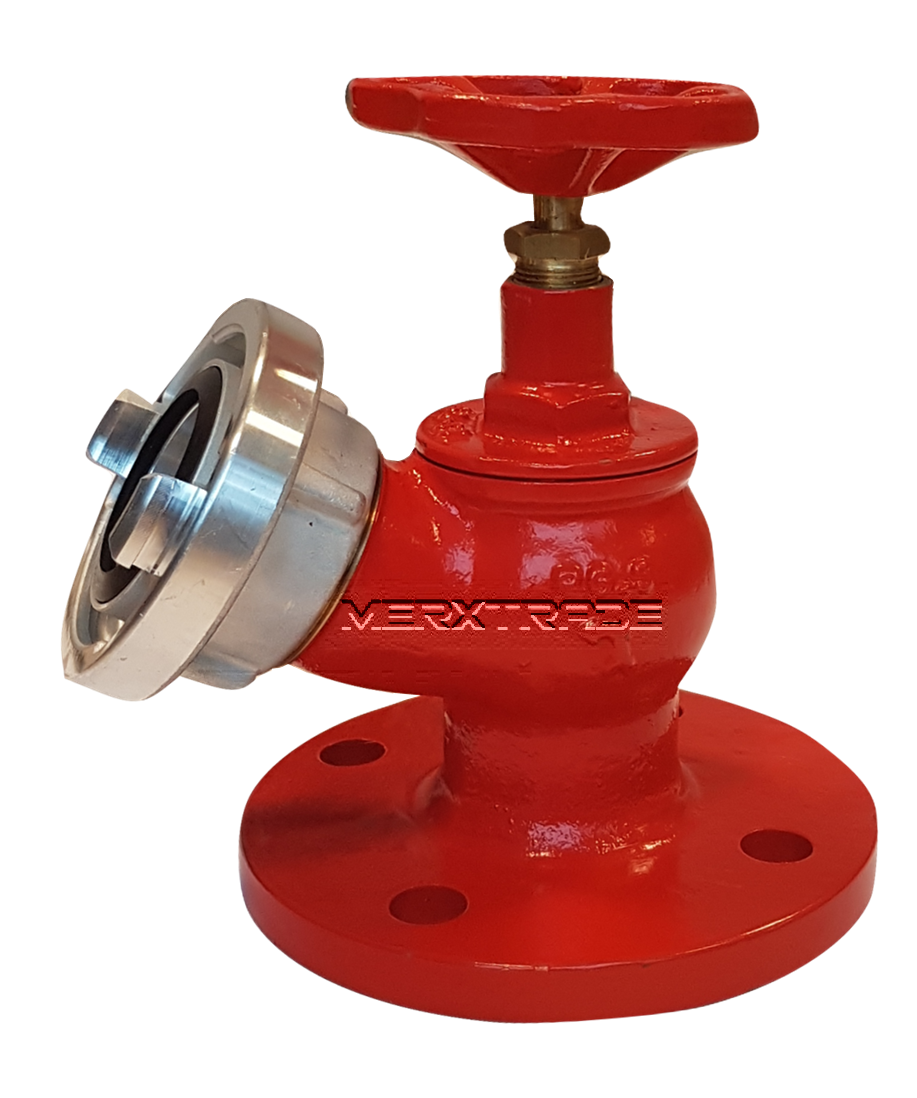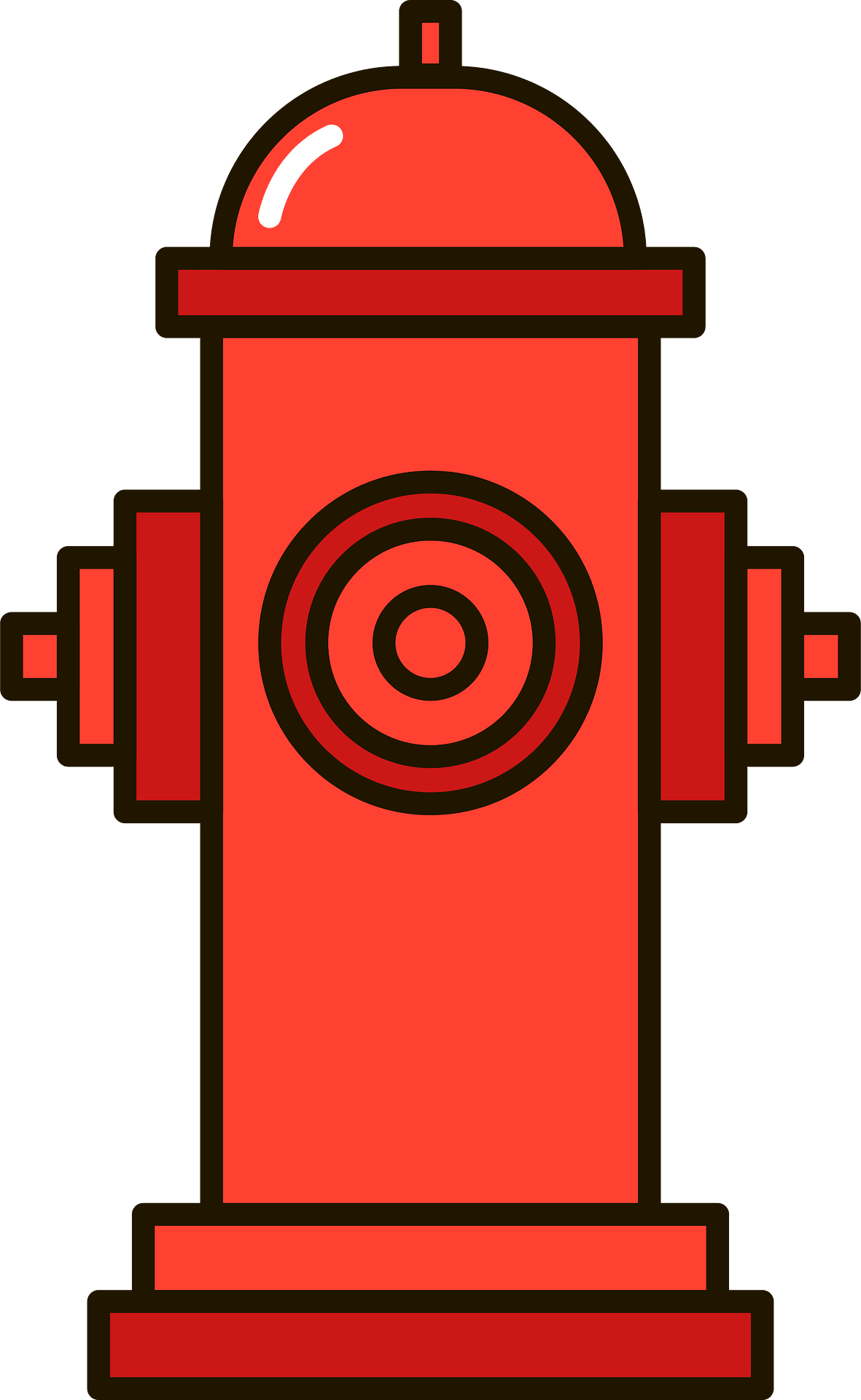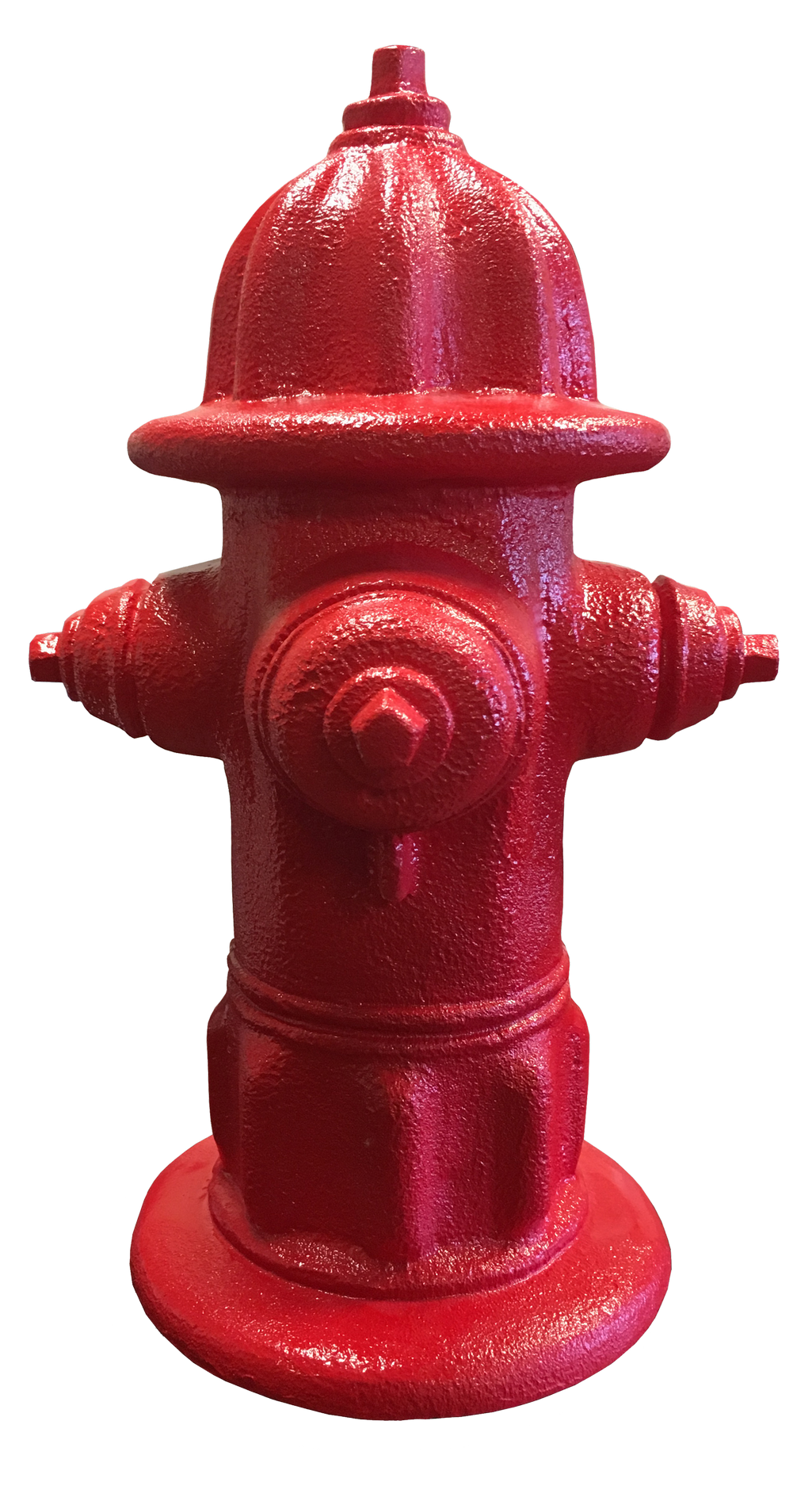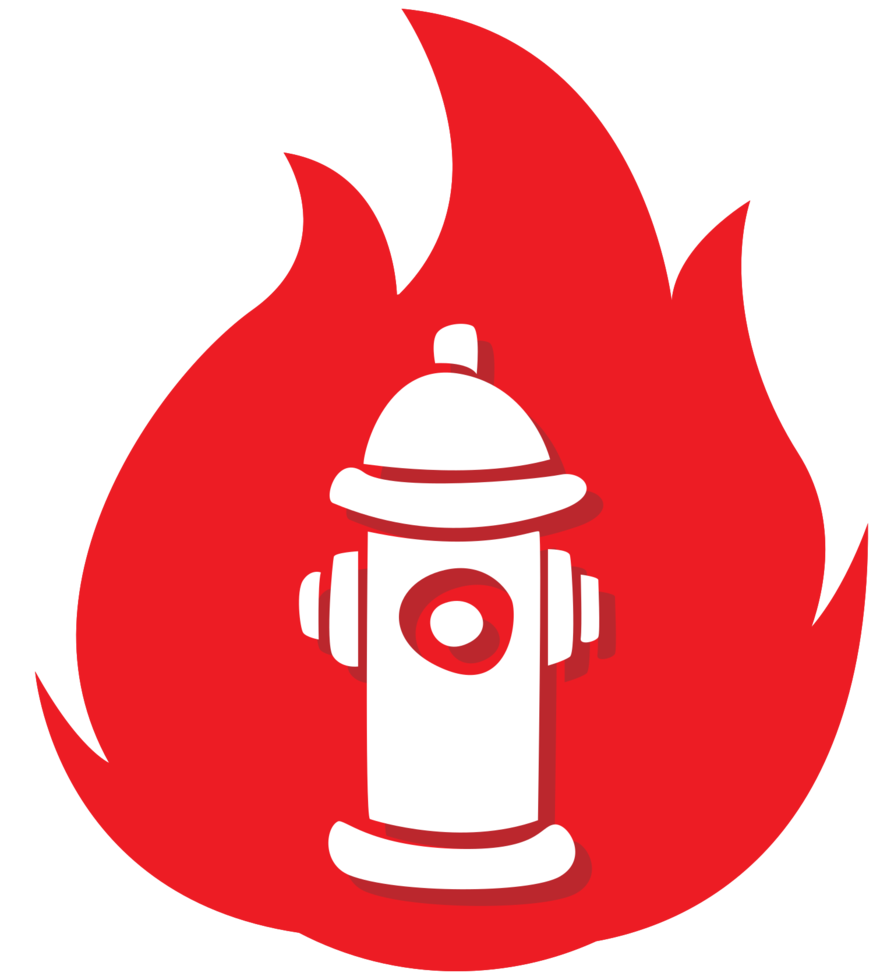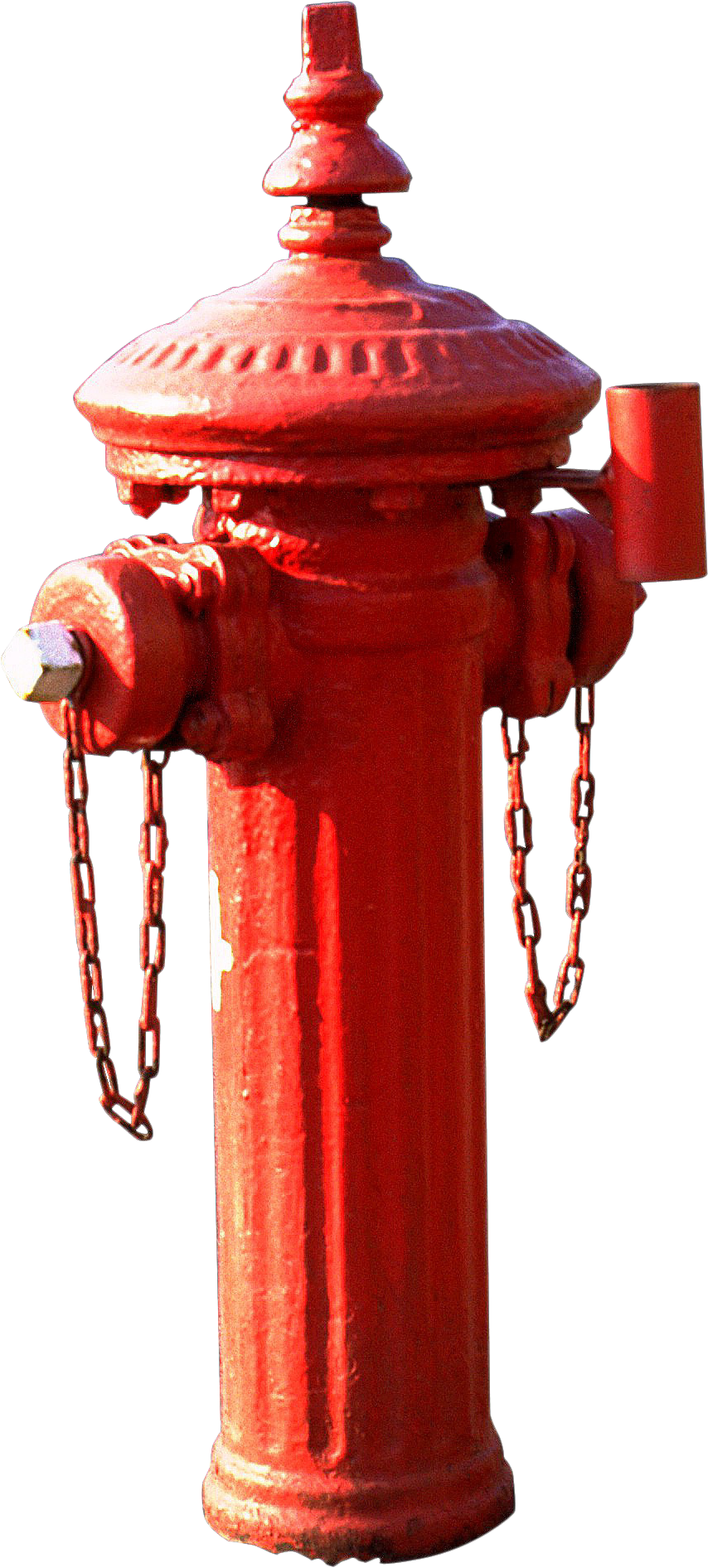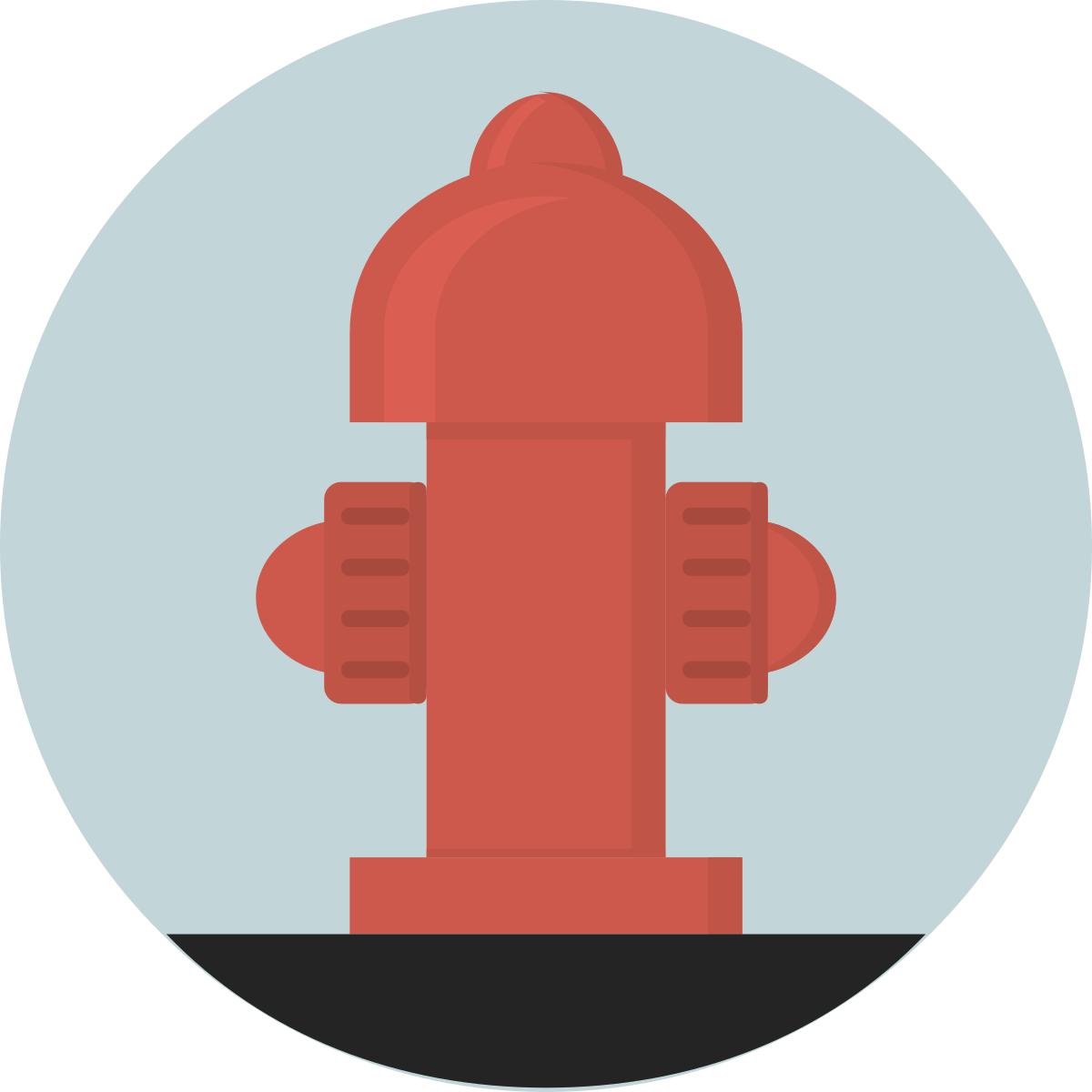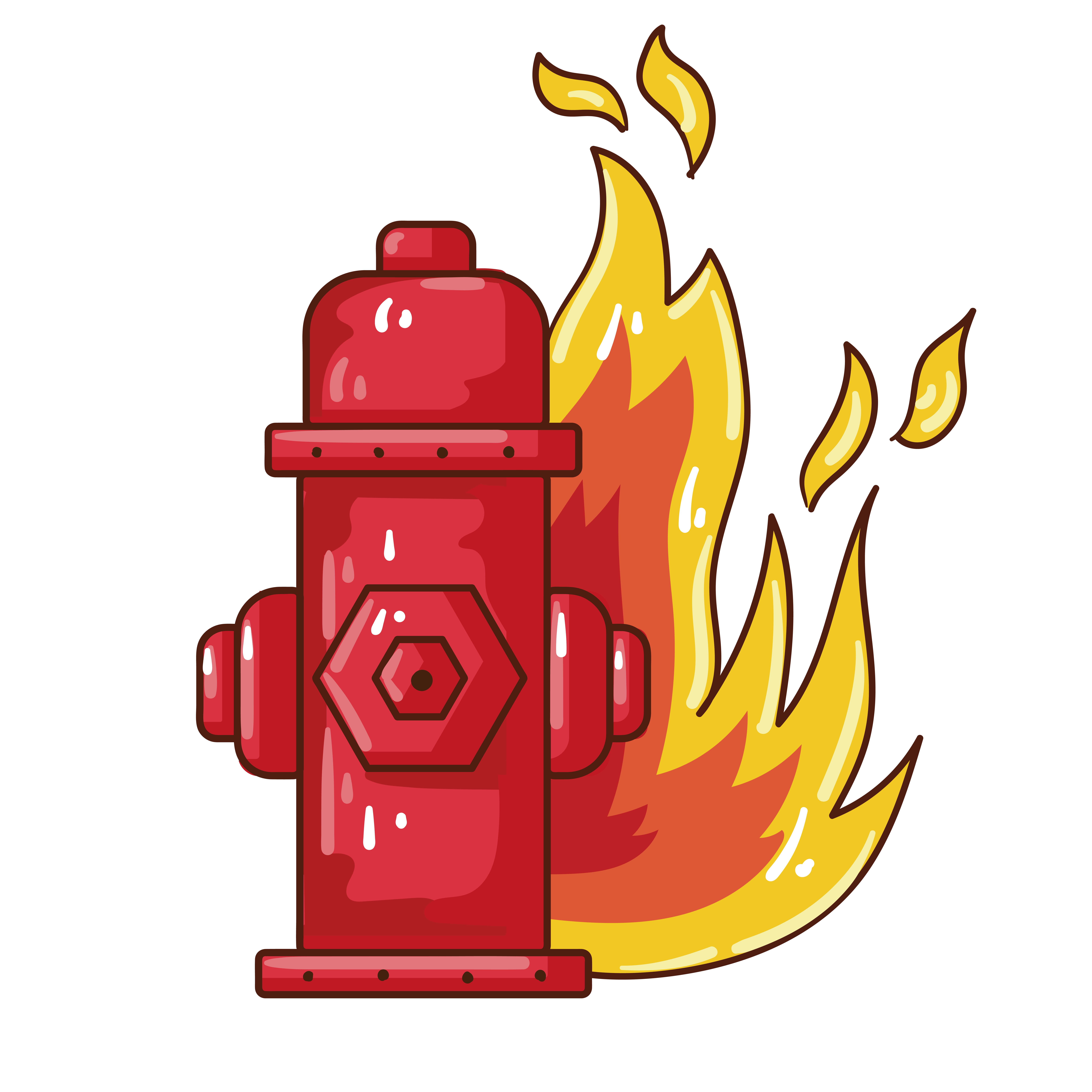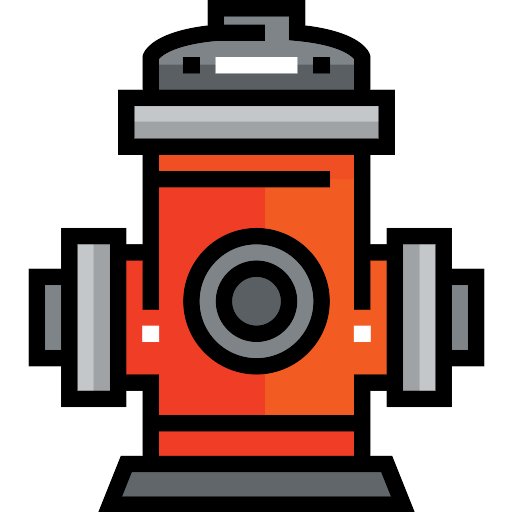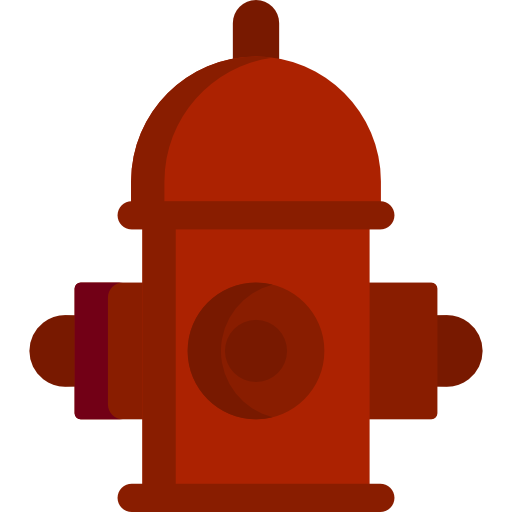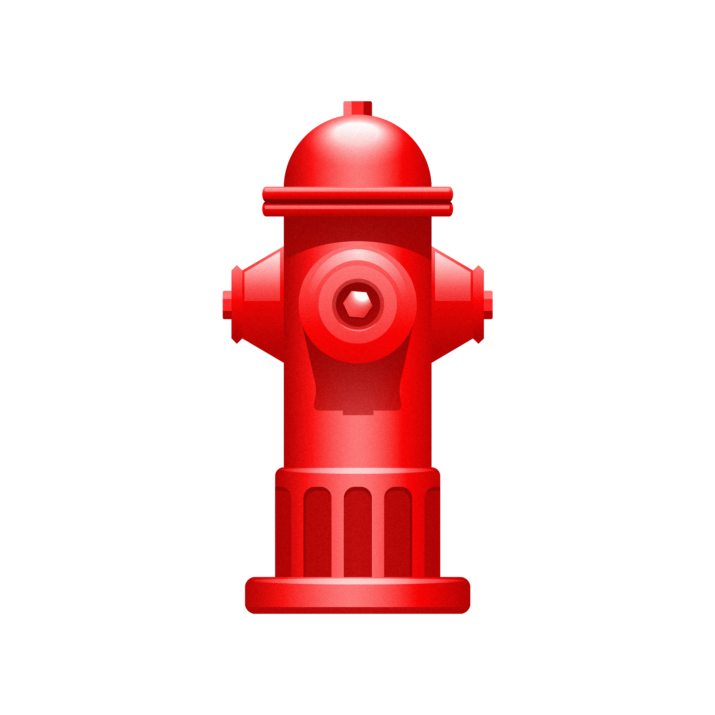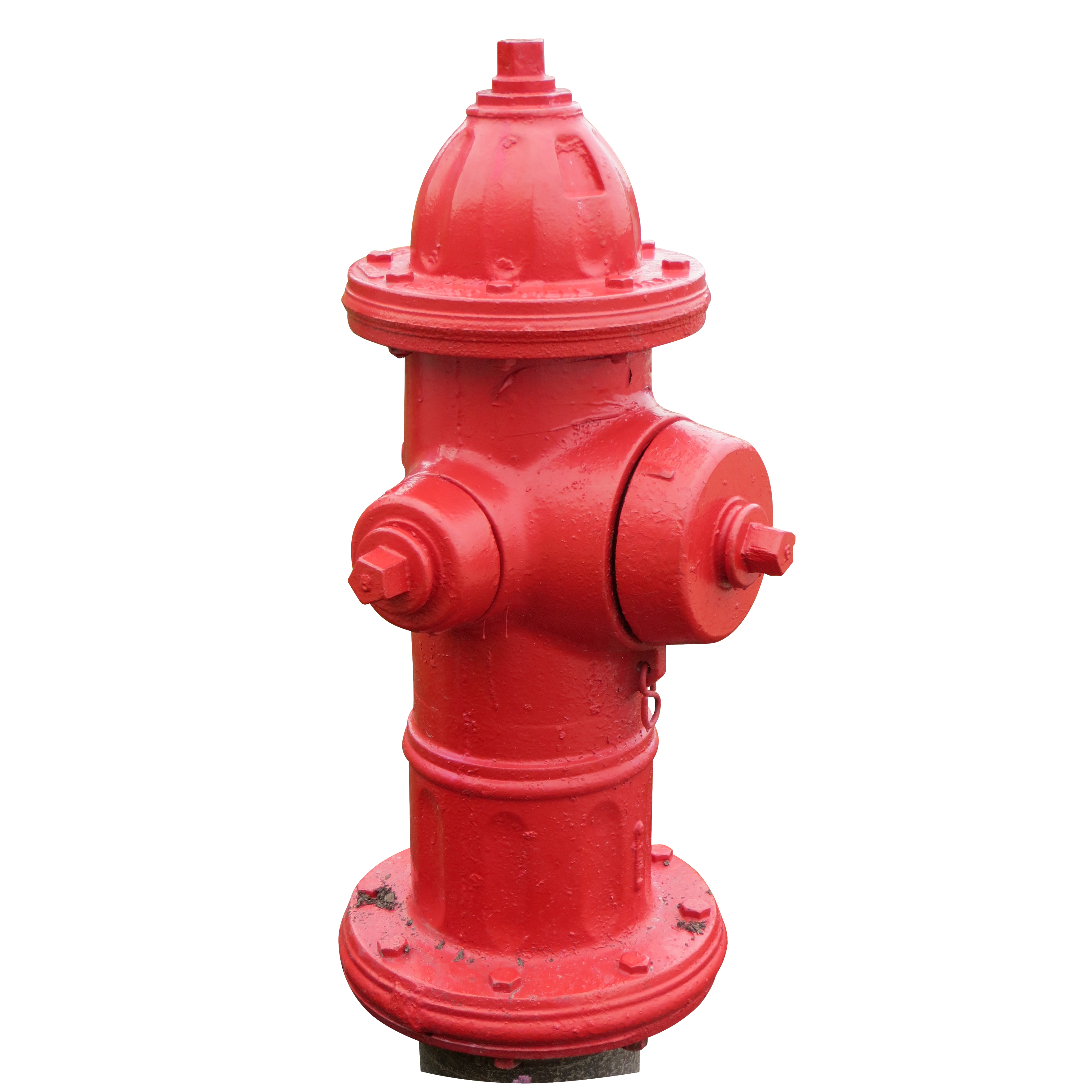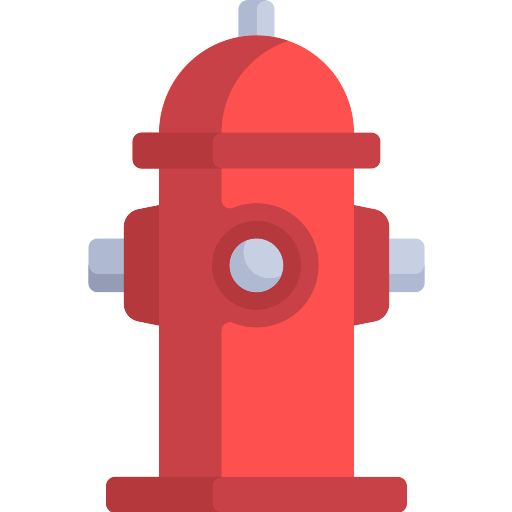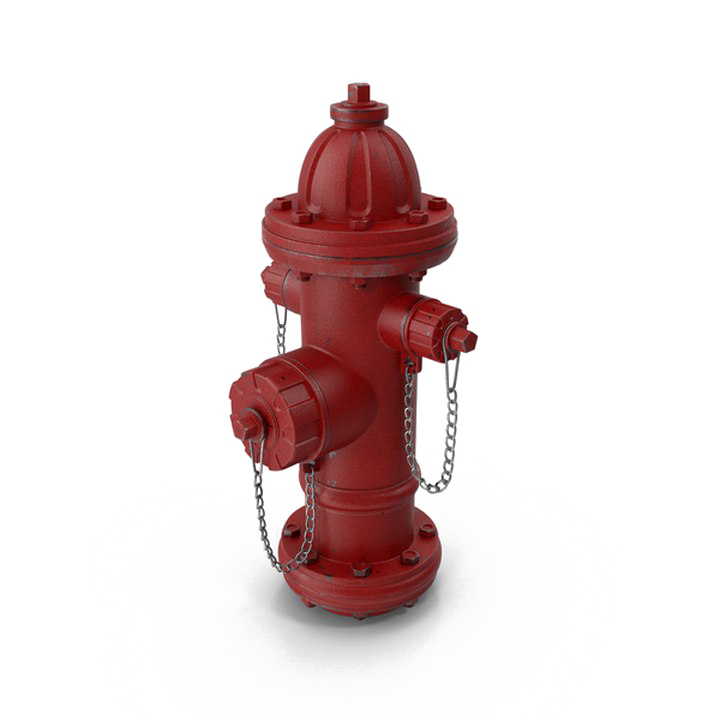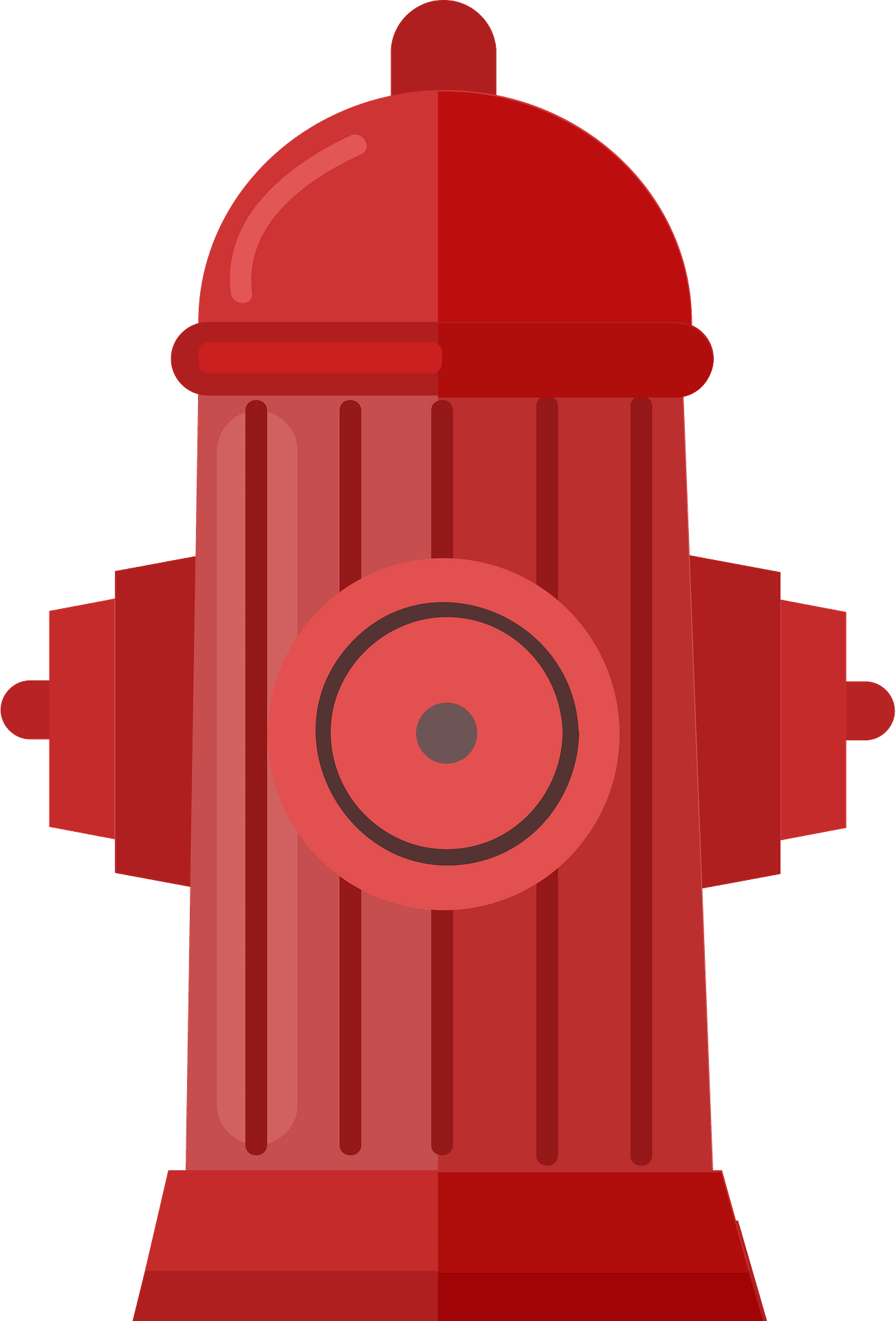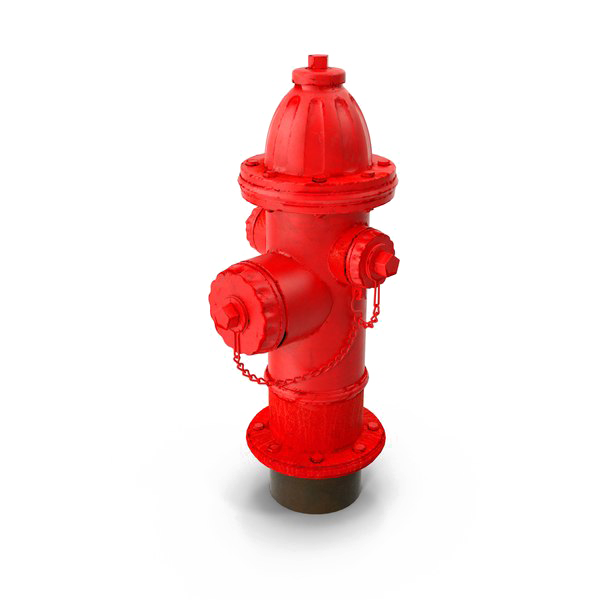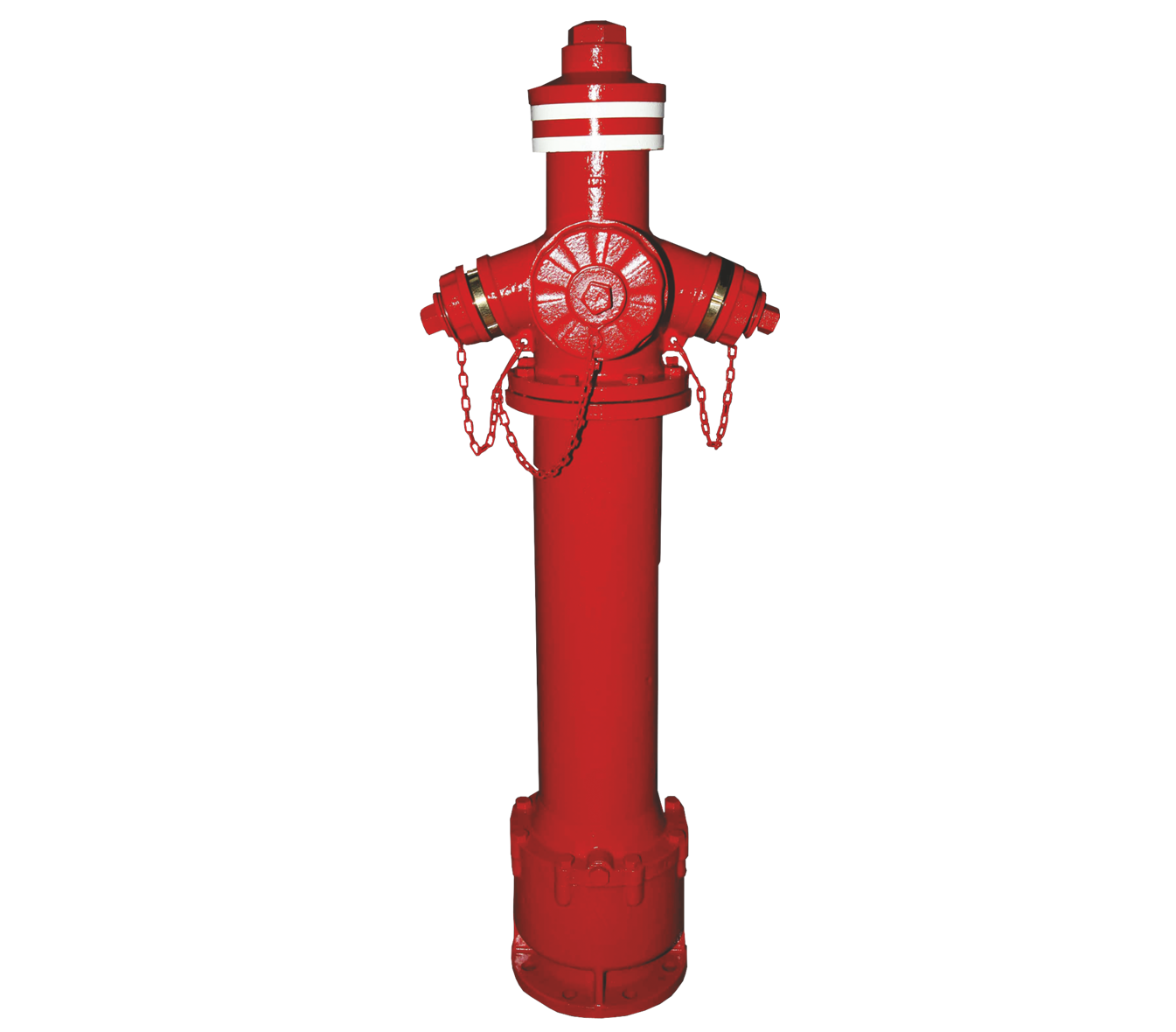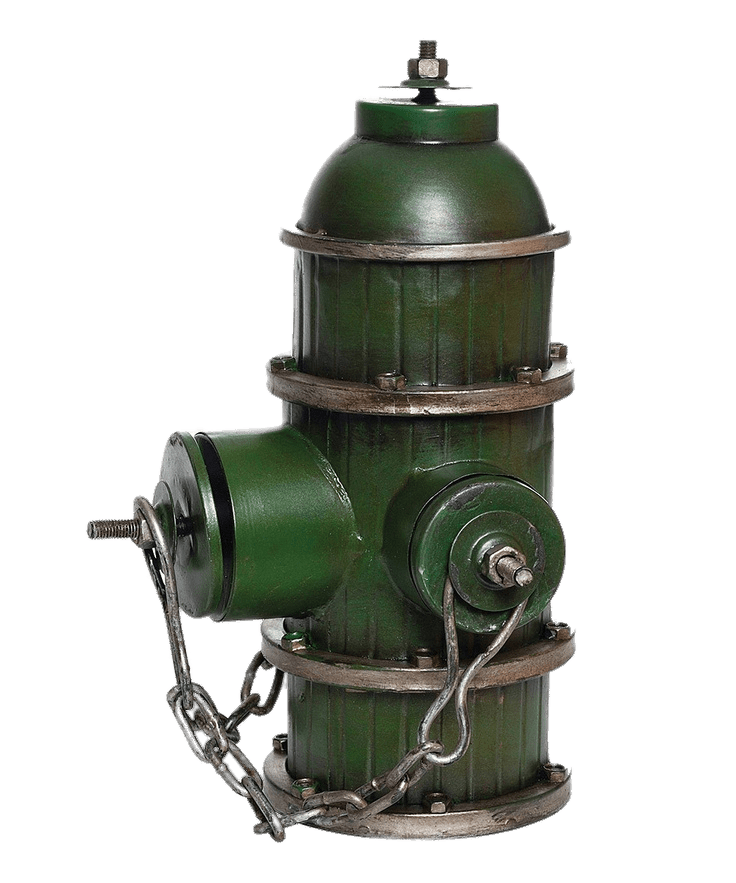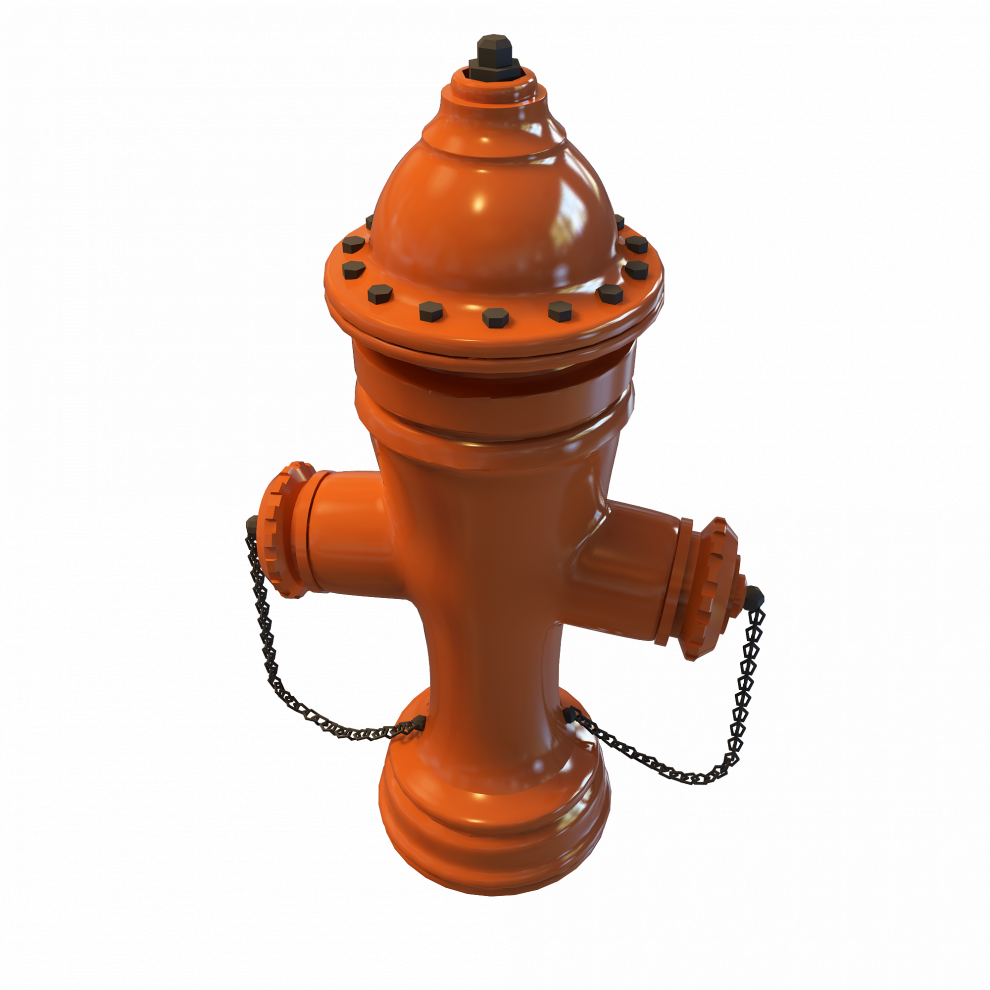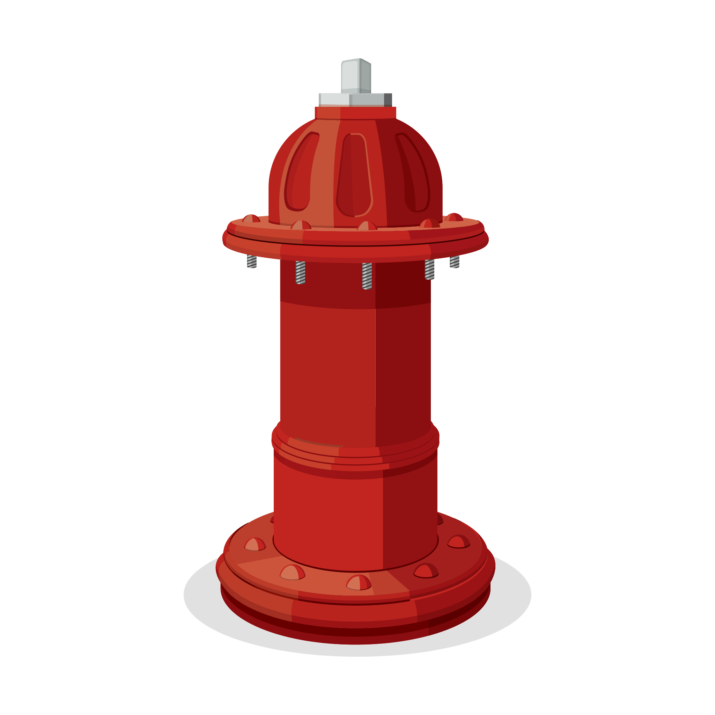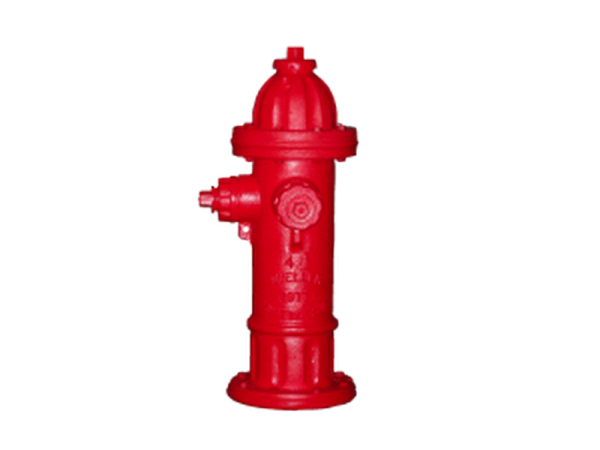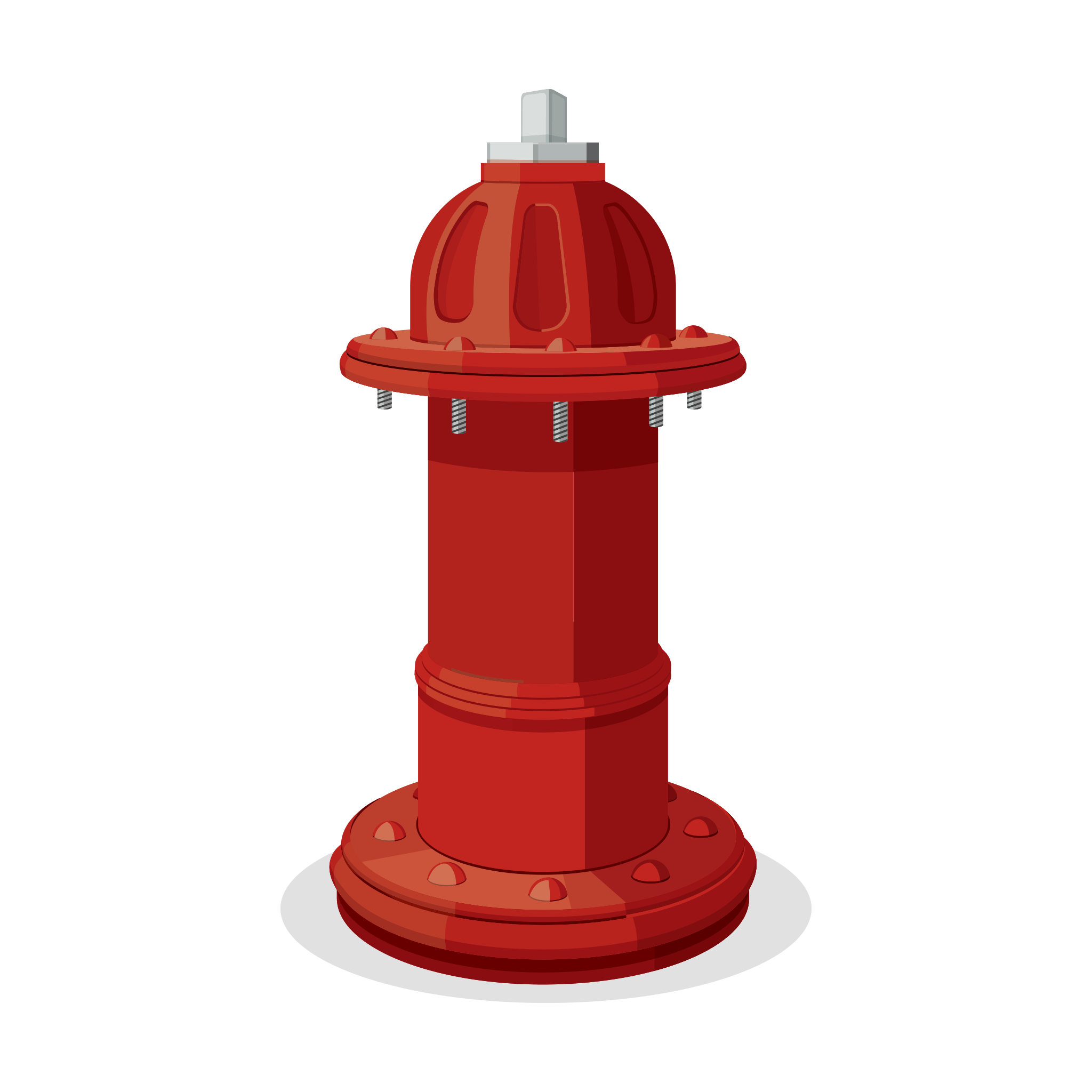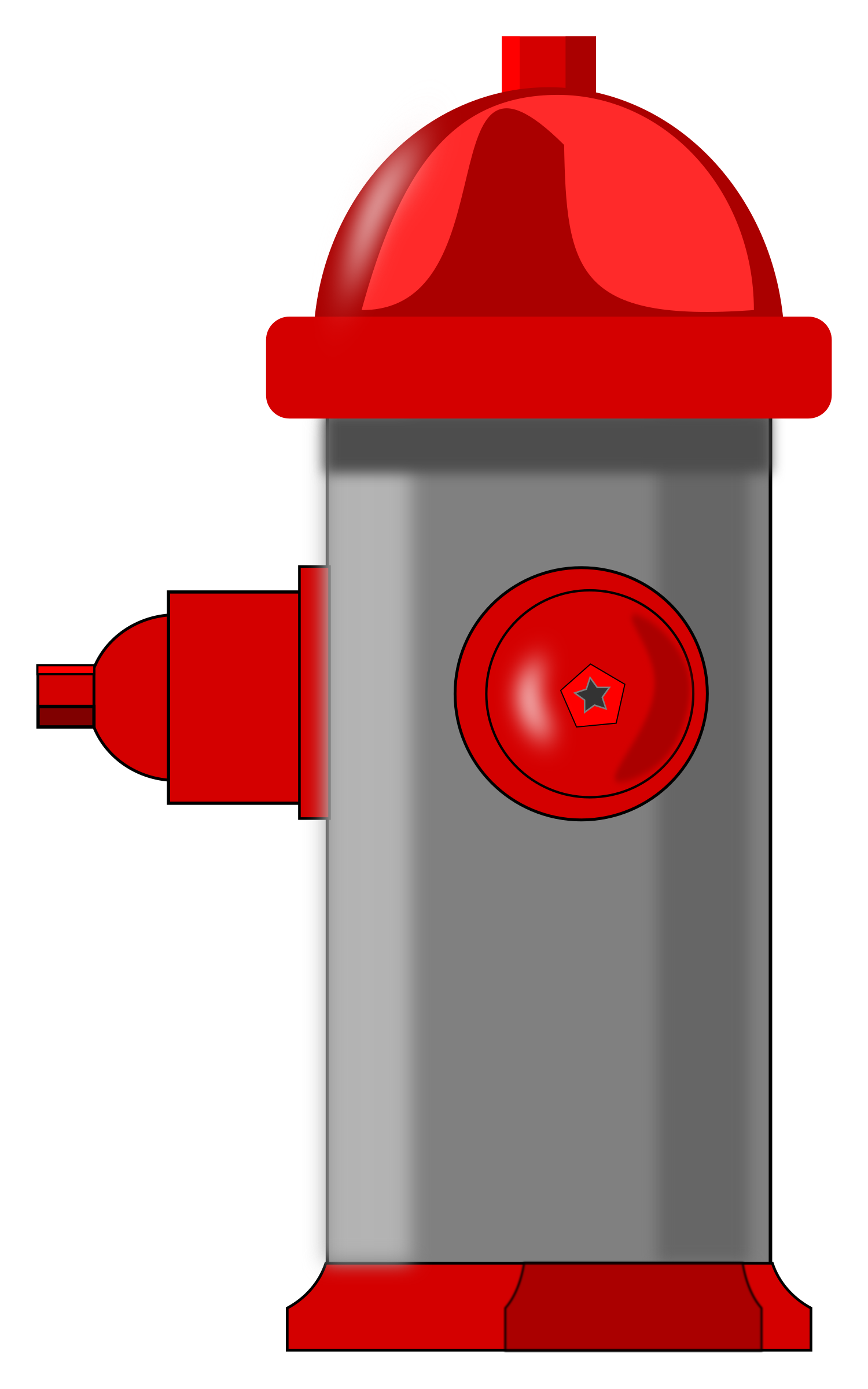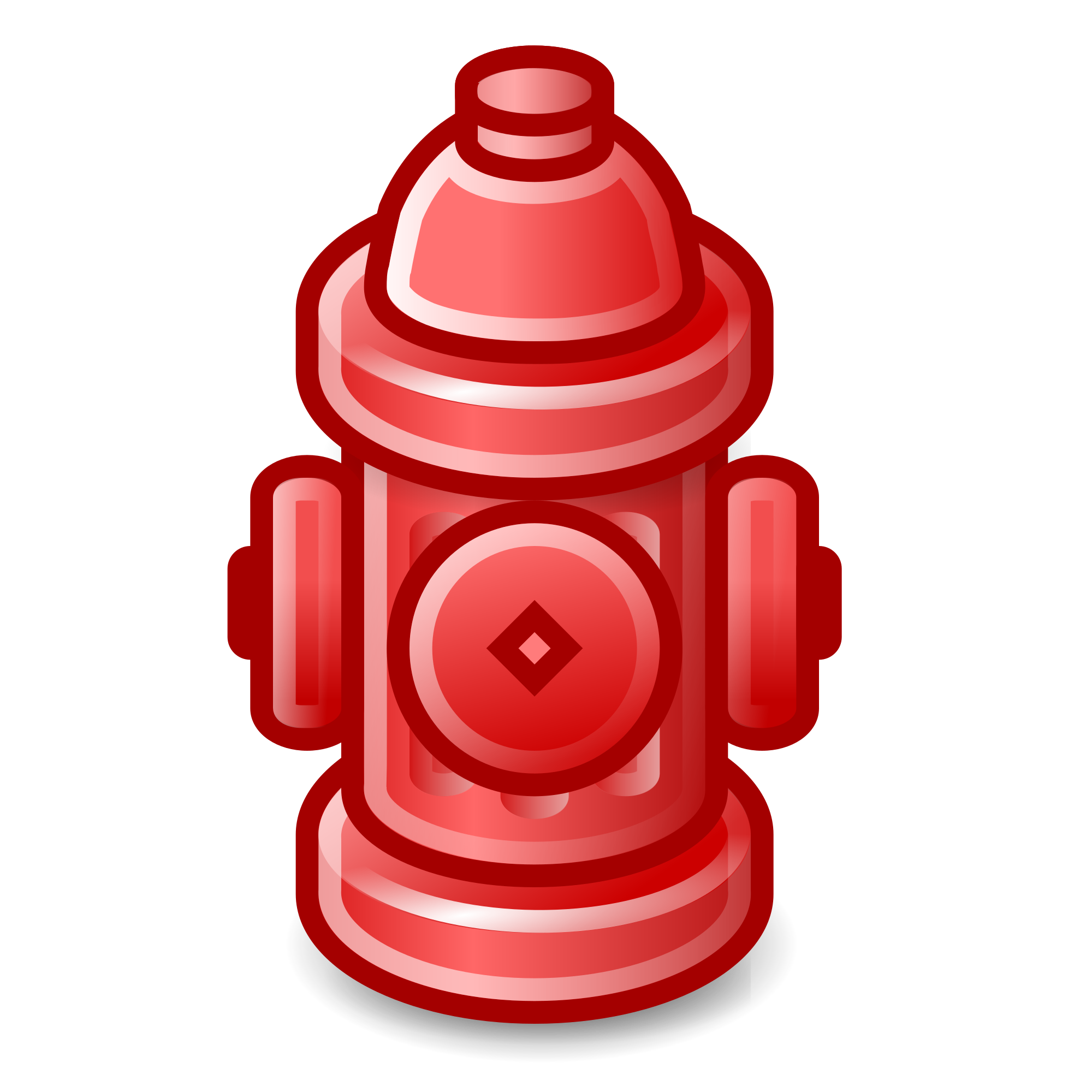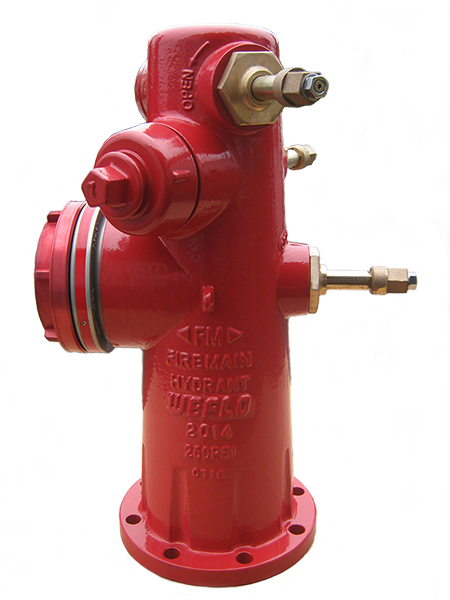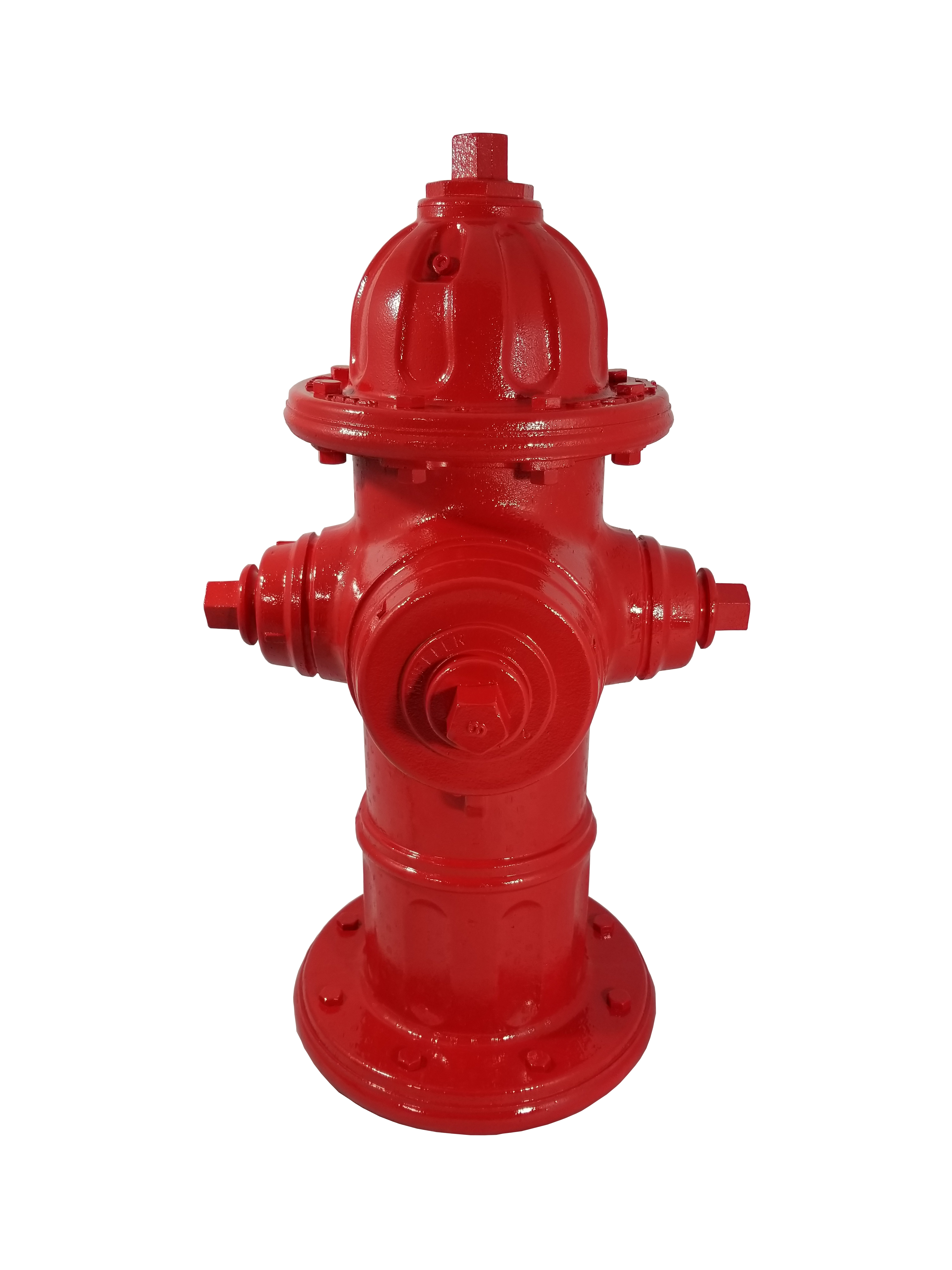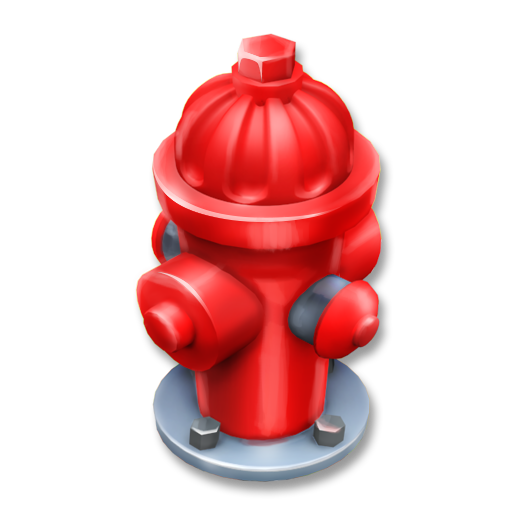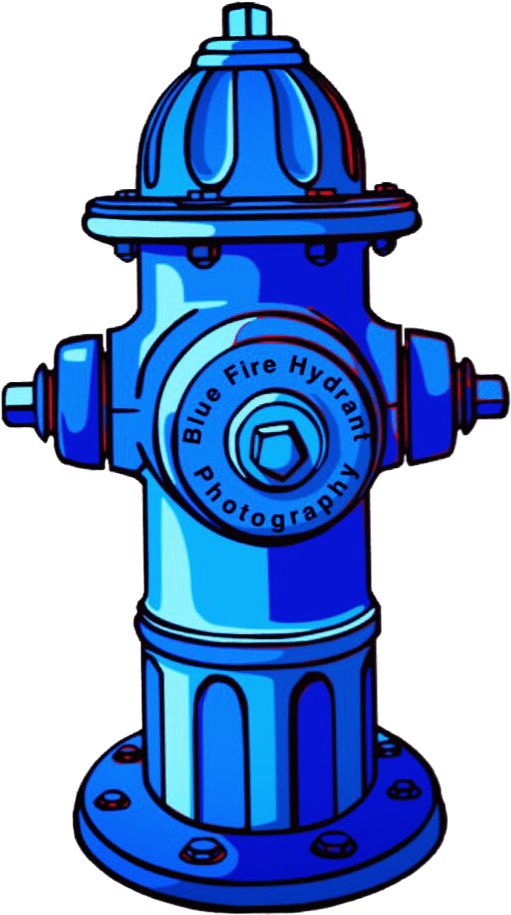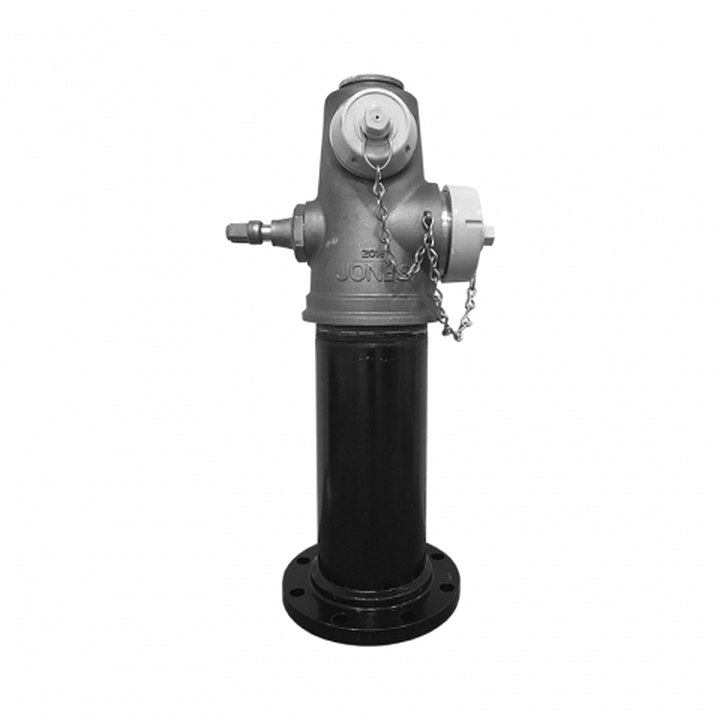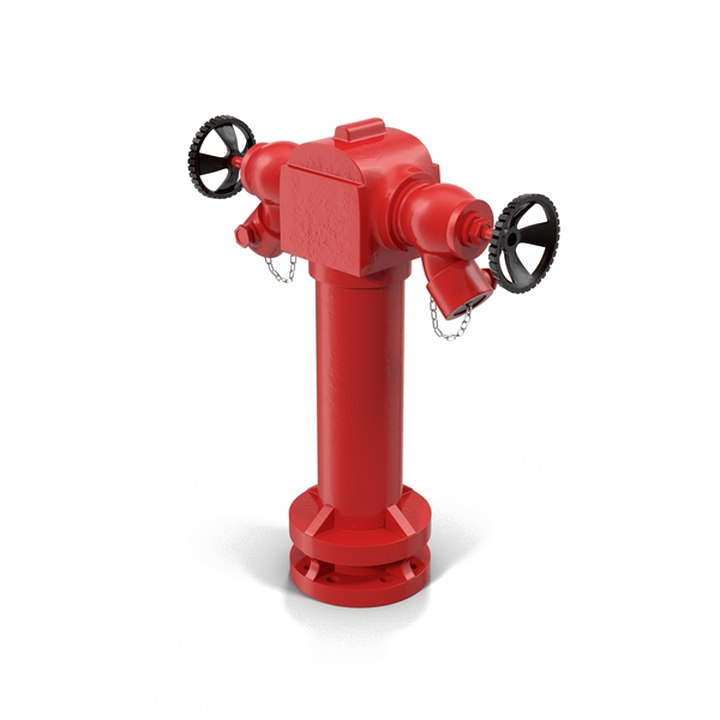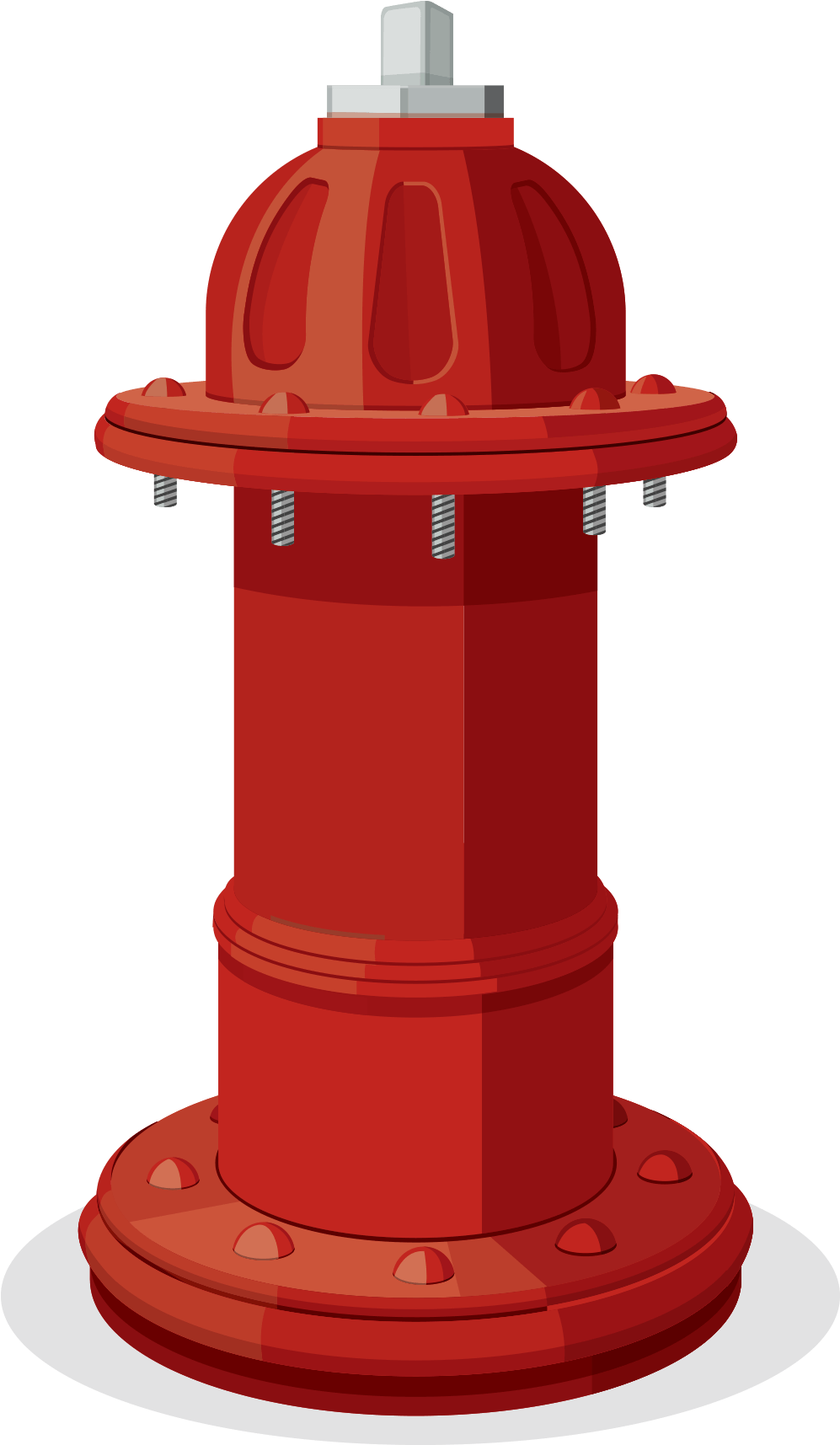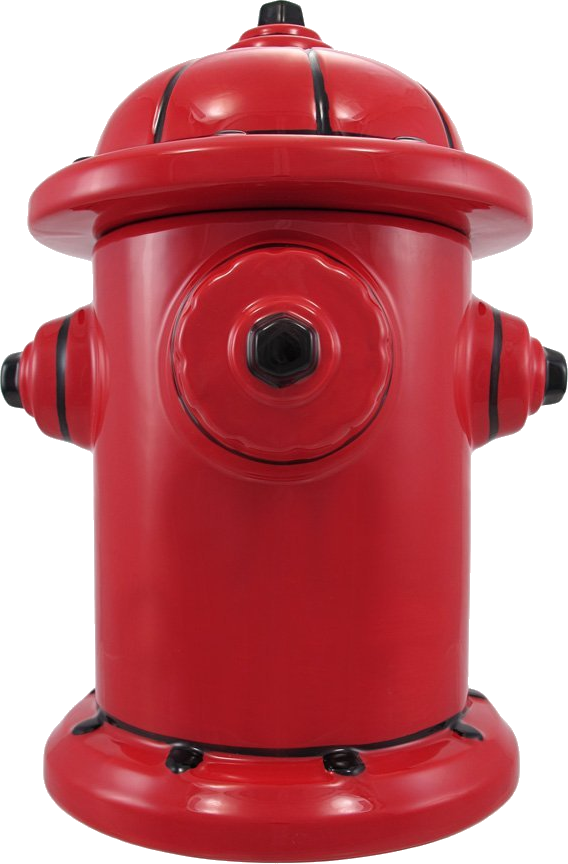Download top and best high-quality free Fire Hydrant PNG Transparent Images backgrounds available in various sizes. To view the full PNG size resolution click on any of the below image thumbnail.
License Info: Creative Commons 4.0 BY-NC
A fire hydrant, sometimes known as a firecock, is a location where firemen may connect to a water supply. It’s a part of active fire suppression. Since at least the 18th century, underground fire hydrants have been employed throughout Europe and Asia. Above-ground pillar-type hydrants were invented in the nineteenth century.
Water for firefighting had to be maintained in buckets and cauldrons ready for use by ‘bucket-brigades’ or carried with a horse-drawn fire-pump before there were piped mains supply. As wooden mains water systems were being erected in the 16th century, firemen dug down the pipes and drilled a hole for water to fill a “wet well” for the buckets or pumps. The hydrant had to be filled and then plugged, thus the phrase ‘fireplug’ in the United States. A marking would be placed where a ‘plug’ had previously been put, allowing firemen to locate holes that had already been made. Pre-drilled holes and plugs were added to later wooden systems. Permanent subterranean access points for fire fighters were added when cast-iron pipes replaced wood pipes. Some nations cover these areas with access covers, while others install fixed above-ground hydrants; Frederick Graff, then the head engineer of the Philadelphia Water Works, patented the first cast iron hydrants in 1801. Since then, invention has focused on issues such as tampering, freezing, connectivity, and dependability, among others.
The user connects a hose to the fire hydrant, then opens the hydrant’s valve to provide a powerful flow of water, on the order of 350 kPa (50 pounds per square inch gauge (psig); this pressure varies by region and is dependent on various factors, including the size and location of the attached water main). This user may connect this hose to a fire engine, which can enhance the water pressure and perhaps split it into many streams using a strong pump. A threaded connection, an immediate “fast connector,” or a Storz connector can all be used to attach the hose. A user should avoid opening or closing a fire hydrant too rapidly to avoid water hammer, which can damage neighboring pipes and equipment. The water within a charged hose line makes it very heavy, and high water pressure makes it rigid and impossible to perform a tight turn. When a fire hydrant is unobstructed, this isn’t an issue because there’s enough area to place the hose properly.
The majority of fire hydrant valves aren’t designed to control the water flow; instead, they’re meant to be switched fully on or fully off. Most dry-barrel hydrants include a valving design that allows the drain valve to be open while the hydrant is not in full operation. As a result, partial-opening usage might result in significant flow directly into the soil surrounding the hydrant, causing severe scouring over time. Individual outputs can be controlled by gate or butterfly valves installed directly on the hydrant orifices, allowing for equipment connections to be changed without shutting off the flow to other orifices. To handle the huge center “steamer” orifices on many US hydrants, these valves can be up to 12 inches in diameter. Before utilizing a hydrant, it is a good idea to place valves on all orifices because the protective covers are unreliable and can cause serious damage if they fail.
Download Fire Hydrant PNG images transparent gallery
- Fire Hydrant Old PNG
Resolution: 850 × 850
Size: 227 KB
Image Format: .png
Download
- Fire Hydrant Old PNG Pic
Resolution: 3449 × 6089
Size: 46 KB
Image Format: .png
Download
- Fire Hydrant Old PNG File
Resolution: 512 × 512
Size: 15 KB
Image Format: .png
Download
- Fire Hydrant Old PNG Image
Resolution: 1704 × 2272
Size: 1163 KB
Image Format: .png
Download
- Fire Hydrant Old PNG Photo
Resolution: 450 × 450
Size: 131 KB
Image Format: .png
Download
- Fire Hydrant Old PNG Cutout
Resolution: 917 × 1098
Size: 658 KB
Image Format: .png
Download
- Fire Hydrant Old PNG Images
Resolution: 1181 × 1920
Size: 34 KB
Image Format: .png
Download
- Fire Hydrant Old PNG Photos
Resolution: 1025 × 1894
Size: 1810 KB
Image Format: .png
Download
- Fire Hydrant Old Transparent
Resolution: 880 × 980
Size: 70 KB
Image Format: .png
Download
- Fire Hydrant Red
Resolution: 854 × 1892
Size: 1683 KB
Image Format: .png
Download
- Fire Hydrant Red PNG
Resolution: 1200 × 1200
Size: 57 KB
Image Format: .png
Download
- Fire Hydrant Red PNG Pic
Resolution: 8334 × 8334
Size: 1192 KB
Image Format: .png
Download
- Fire Hydrant Red PNG File
Resolution: 512 × 512
Size: 14 KB
Image Format: .png
Download
- Fire Hydrant Red PNG Image
Resolution: 512 × 512
Size: 11 KB
Image Format: .png
Download
- Fire Hydrant Red PNG Photo
Resolution: 512 × 512
Size: 16 KB
Image Format: .png
Download
- Fire Hydrant Red PNG Cutout
Resolution: 715 × 715
Size: 130 KB
Image Format: .png
Download
- Fire Hydrant Red PNG Images
Resolution: 3525 × 3525
Size: 4500 KB
Image Format: .png
Download
- Fire Hydrant Red PNG Photos
Resolution: 512 × 512
Size: 15 KB
Image Format: .png
Download
- Fire Hydrant
Resolution: 512 × 512
Size: 12 KB
Image Format: .png
Download
- Fire Hydrant PNG
Resolution: 720 × 720
Size: 212 KB
Image Format: .png
Download
- Fire Hydrant PNG Pic
Resolution: 1303 × 1920
Size: 36 KB
Image Format: .png
Download
- Fire Hydrant PNG File
Resolution: 600 × 600
Size: 143 KB
Image Format: .png
Download
- Fire Hydrant PNG Image
Resolution: 1345 × 1180
Size: 287 KB
Image Format: .png
Download
- Fire Hydrant PNG Photo
Resolution: 736 × 883
Size: 179 KB
Image Format: .png
Download
- Fire Hydrant PNG Cutout
Resolution: 990 × 990
Size: 489 KB
Image Format: .png
Download
- Fire Hydrant PNG Images
Resolution: 990 × 990
Size: 150 KB
Image Format: .png
Download
- Fire Hydrant PNG Photos
Resolution: 512 × 512
Size: 7 KB
Image Format: .png
Download
- Fire Hydrant Transparent
Resolution: 512 × 512
Size: 13 KB
Image Format: .png
Download
- Fire Hydrant PNG Clipart
Resolution: 715 × 715
Size: 59 KB
Image Format: .png
Download
- Fire Hydrant PNG Picture
Resolution: 600 × 450
Size: 70 KB
Image Format: .png
Download
- Fire Hydrant PNG HD Image
Resolution: 2048 × 2048
Size: 54 KB
Image Format: .png
Download
- Fire Hydrant PNG Image HD
Resolution: 1500 × 2400
Size: 179 KB
Image Format: .png
Download
- Fire Hydrant No Background
Resolution: 2000 × 2000
Size: 294 KB
Image Format: .png
Download
- Fire Hydrant Old
Resolution: 450 × 600
Size: 433 KB
Image Format: .png
Download
- Fire Hydrant Old PNG Clipart
Resolution: 3024 × 4032
Size: 7832 KB
Image Format: .png
Download
- Fire Hydrant Old PNG Picture
Resolution: 524 × 524
Size: 150 KB
Image Format: .png
Download
- Fire Hydrant Old PNG HD Image
Resolution: 511 × 915
Size: 557 KB
Image Format: .png
Download
- Fire Hydrant Old PNG Image HD
Resolution: 720 × 720
Size: 151 KB
Image Format: .png
Download
- Fire Hydrant Old No Background
Resolution: 720 × 720
Size: 176 KB
Image Format: .png
Download
- Fire Hydrant Old PNG Images HD
Resolution: 997 × 1715
Size: 82 KB
Image Format: .png
Download
- Fire Hydrant Old PNG Free Image
Resolution: 700 × 1178
Size: 21 KB
Image Format: .png
Download
- Fire Hydrant Old PNG Image File
Resolution: 568 × 864
Size: 358 KB
Image Format: .png
Download
